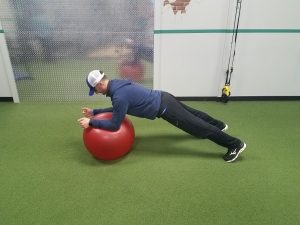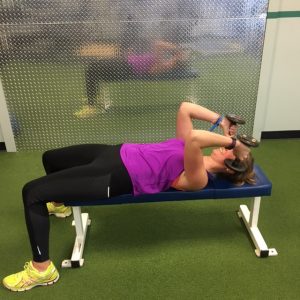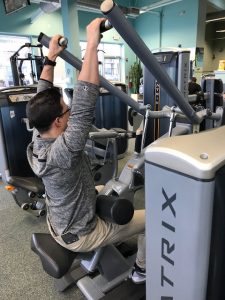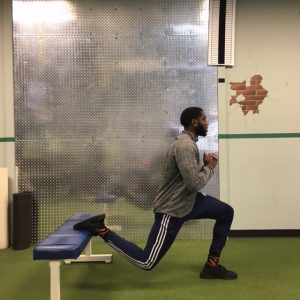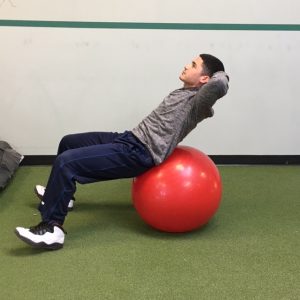The Exercise Physiologists at Peak Performance know all the muscles in the body, but which ones are our favorite?! Every week we will feature a different muscle- so you guys get an anatomy lesson and learn how to work that muscle!
Paul, what’s your favorite muscle?
Transversus Abdominis. The transversus abdominis (TA) is a deep abdominal muscle you will never see and is the “unsung hero” of lower back/ core stabilization.
Where is this muscle?
This muscle is located in the abdominal region. The muscle originates from few different areas; lumbar fascia, anterior two-thirds of the iliac crest, and the lateral two-thirds of the inguinal ligament. The transversus abdominis inserts at the costal margin, aponeurosis of the rectus sheath, conjoined tendon to the pubic crest and pectineal line, 10-12 rib. What this means is the TA essentially forms a custom back brace from the top of your hips up to the bottom of your ribs.
What does the muscle do?
The main function of the transversus abdominis, like all of the abdominal muscles, is stabilization. Specifically, it acts to stabilize your core (low back and pelvis) before you start to move. It also acts to compress the abdomen.
What is a good exercise to strengthen the transversus abdominis
Many of our clients have lower back issues and developing a strong foundation through proper TA training can help your lower back feel better and more functional. With TA training you must master the basics first and make the mind body connection with this muscle. Start with a simple TA bracing, think about “sucking in your gut.” To know you are performing the brace correctly a few things need to happen: belly button must move straight back towards spine (NOT IN and UP, just IN), no movement of the pelvis or spine should occur. Once you have mastered the brace, it can be added to other movements to increase synergistic stabilization of all abdominal muscles. Giving you a rock solid core!
My favorite TA exercise is a ball rollout with TA brace. Assume a plank position on a stability ball, feet should start slightly wider than shoulders. Start with bracing the TA muscle, then slowly move your forearms forward rolling the ball away from body. The key to this exercise is keeping the hips on the same level and not moving. See how many good reps you can perform while holding the TA brace. See your Physiologist for proper execution and progression.